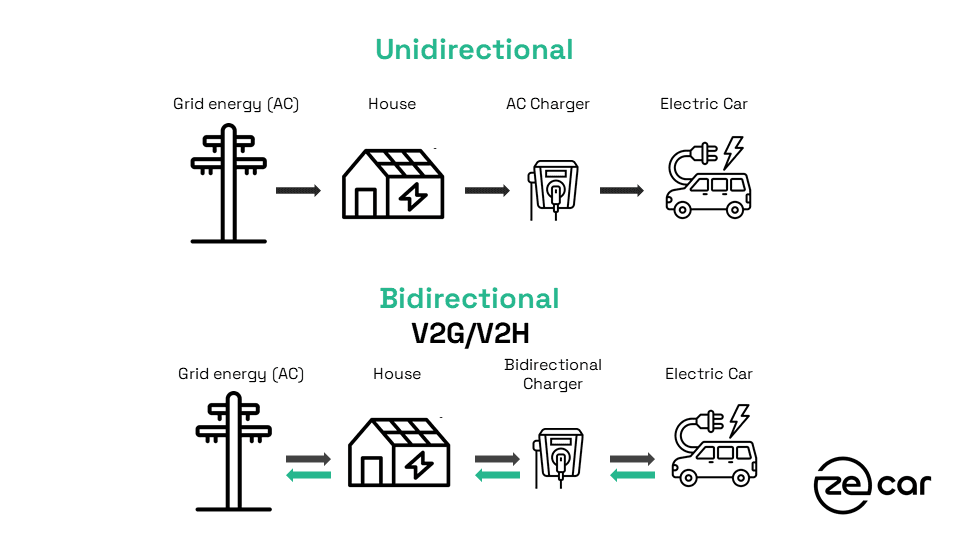Nearly half of Australians (47%) would use their electric vehicle (EV) as a home battery and sell excess energy back to the grid, according to a new NRMA survey. Among current EV owners, 54% are keen to install vehicle-to-grid (V2G) technology, which could transform how households manage energy costs.
The survey conducted with the UTS Institute for Sustainable Futures and iMOVE Cooperative Research Centre, highlights the growing appeal of bidirectional charging. Unlike traditional chargers that only send power into an EV battery, V2G allows energy to flow both ways—storing electricity when it’s cheap and feeding it back into the grid during peak demand.
▶️MORE: What is Bidirectional Charging?

A Game-Changer for Australia’s Energy Market
The potential for V2G in Australia is massive. A government-funded roadmap estimates the technology could add nearly $3 billion in value to the energy system by 2050. With power prices fluctuating and pressure on the grid increasing, V2G could provide a much-needed buffer while helping EV owners cut costs and even turn a profit.
The survey found that 85% of respondents keep their cars parked at home for at least three days a week during key solar generating hours. This means they could charge their EVs using free solar energy during the day and then sell power back at higher evening rates, reducing household electricity bills or earning additional income.